Flowing for more than 270 kilometres through Southwestern Ontario, the Thames River has been the site of a number of historic events including an important battle of the War of 1812.
Removing four multi-ton hydraulically controlled steel flood control gates from the now-decommissioned Springbank Dam in London might not be on the same level of those events.
But it is certainly an important undertaking and one which, the project partners say, will greatly contribute to restoring the health of the river.
Those partners include the City of London, which owns the dam, the Upper Thames Valley Conservation Authority, which manages it, and Stantec Consulting.
The long-awaited and planned project is also generating a lot of interest from sightseers — at a safe distance — and one that requires a strong degree of co-ordination and timing by Burlington-based Bronte Construction.
Bronte is in early stages of the project which involves a fish species rescue and relocation, pumping out the water around each of the four bays, and then the removal/demolition of the 5.49-metre-high, 15.24-metre-wide gates and mechanical building that once operated them.
This will be done in a successive sequence with the work completed at one bay before moving on to the next one, says London’s division manager of stormwater engineering, Shawna Chambers.
Simultaneous to the removal will be the elimination of a concrete shoreline mat and transformation/restoration of approximately 200 metres of the streambank into a more natural habitat with the use of embedded logs and root-balls and the planting of a variety of trees, shrubs and grasses.
The existing 10-metre-high concrete superstructure, which was built in 1929 to provide a water supply reservoir and recreational purposes, will remain in place. Improvements will also be made to its structural stability, says Chambers.
To achieve the removal of the gates, the contractor has installed a working platform into the river on the downstream side of the dam. Bronte is removing the gates in sections using an excavator positioned on the platform to swing those pieces from the river and on to land.
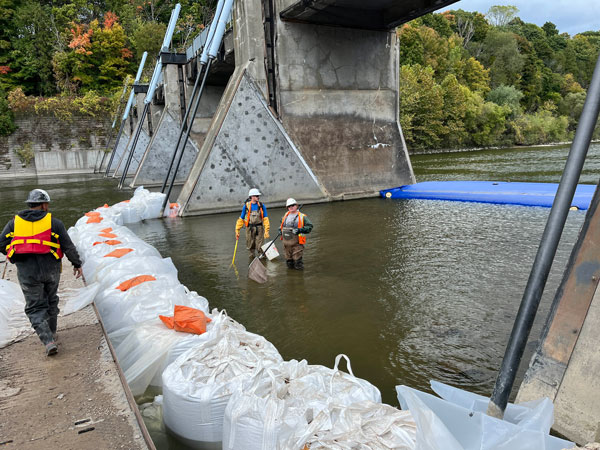
No specialty heavy equipment is needed, as Bronte’s small workforce will be using hand tools to cut the gates into manageable portions. City engineering department and conservation authority staff will be onsite throughout various stages of the work, she says.
Asked about the challenges facing the contractor, Chambers says one of the largest challenges is not necessarily the actual removal of the gates.
“Rather, it’s the potential for rapid site condition changes from fluctuating river levels, which can stop in-water works from time to time.
“When the river levels rise, it can cause issues for the contractor but also the debris that gets transported down the river. The contractor needs to keep the schedule tight and work efficiently within each bay.”
The roots of the project date back more than 20 years.
Constructed with the purpose of raising water levels to promote recreational activity on the Thames River, such as rowing and canoeing, the Springbank Dam has been a London landmark since its construction in 1929 (and was preceded by previous structures dating back to the 1870s).
The dam was set up each summer during low flows by placing stop logs within the openings of the superstructure.
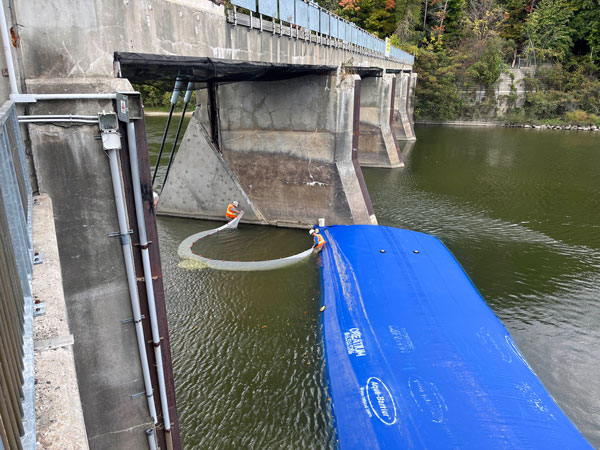
In 2000, however, the dam was damaged by a severe flood. A significant accumulation of debris at the dam face blocked the spillway and prevented the removal of many of the stop log panels, thereby reducing the discharge capacity of the spillway, she says.
A 2003 environmental assessment recommended the dam be repaired and new mechanical gates be installed. In 2008, however, one of the new gates failed to function, which became the source of a lengthy litigation battle.
In 2017 a second environmental assessment, known as the One River Master Plan, evaluated three possible options for the dam: do nothing, reinstate the dam, or allow the Thames River to flow freely by removing the function of the dam.
After a lengthy consultation process with London residents, First Nations and numerous federal and provincial agencies, the city endorsed the free-flowing option on the basis that it would improve water quality and fish passage/migration, plus enhance protection for wildlife along shoreline nesting sites, says Chambers.
Moving ahead with the project design and decommissioning required approval by those agencies and the Upper Thames Region Conservation Authority, she says.
The project will be completed by December and will be followed by a restoration of the adjacent Springbank Park next spring, says Chambers.
“Removing the gates and decommissioning the dam won’t affect river conditions and will allow it to freely flow all year. The dam was never used for flood control purposes, therefore there is no change to flood hazard management.”


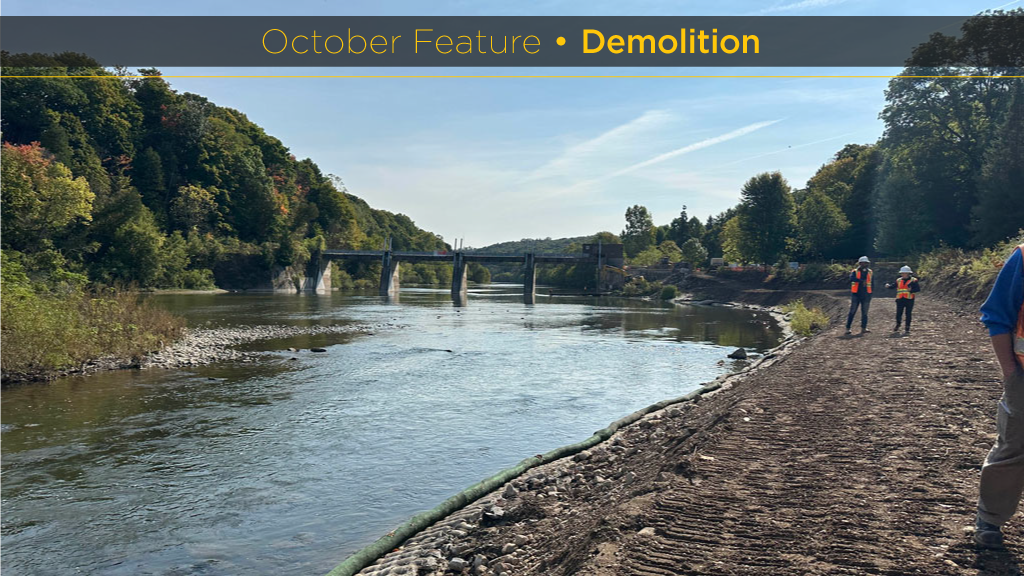
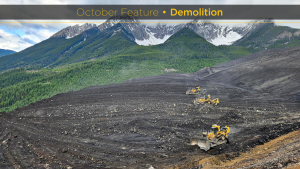
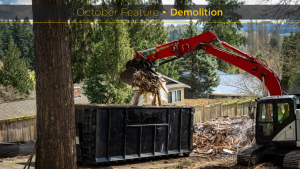
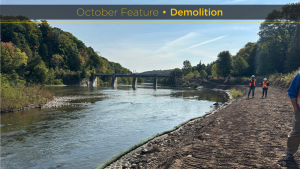




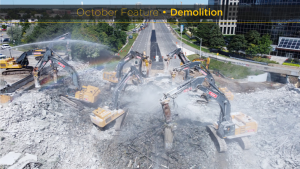
Recent Comments